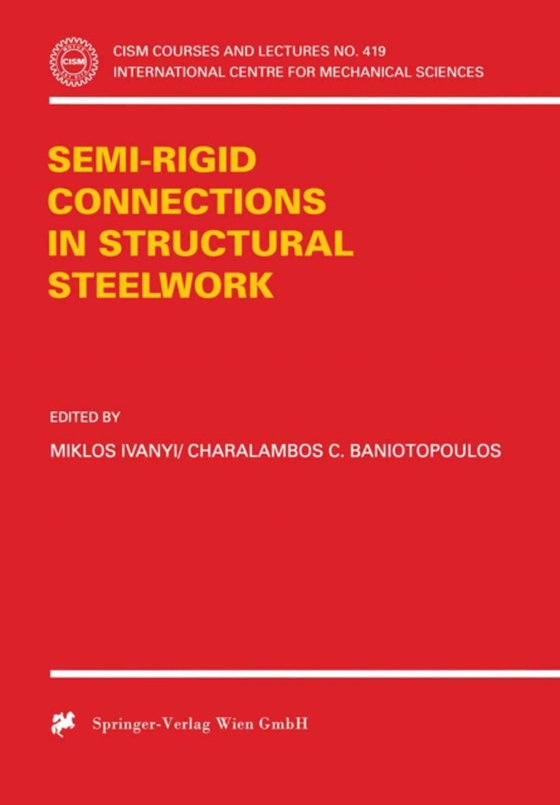
Semi-Rigid Joints in Structural Steelwork e-bog
875,33 DKK
(inkl. moms 1094,16 DKK)
The present book has a scope to discuss in depth all the aspects of the notion of semi-rigidity in steel structural connections that has been introduced into the structural steelwork praxis by Eurocode 3: "e;Design of Steel Structures"e;, from the fundamental notions till the applications of this theory. The book presents a comprehensive survey of all the relevant topics: the definition...
E-bog
875,33 DKK
Forlag
Springer
Udgivet
4 maj 2014
Genrer
Structural engineering
Sprog
English
Format
pdf
Beskyttelse
LCP
ISBN
9783709124789
The present book has a scope to discuss in depth all the aspects of the notion of semi-rigidity in steel structural connections that has been introduced into the structural steelwork praxis by Eurocode 3: "e;Design of Steel Structures"e;, from the fundamental notions till the applications of this theory. The book presents a comprehensive survey of all the relevant topics: the definition of semi-rigid steel structural connections, their classification and their influence to the structural response of sway and non-sway steel frames. The sources of connection compliance, ductility and the application of the component method for characterization of the joint properties are some of the topics presented. The verification procedures for the available and the required capacity of joints and the design of semi-rigid steel structural connections are also discussed. In addition, effective simulation methods of the structural response of semi-rigid connections by means of appropriate numerical methods that take into account all prominent phenomena (cf e.g. contact, friction and plasticity) are also presented. Analysis techniques and design procedures for beam-to-column, beam-to-beam, column-base-plate and other special types of conventional or hollow section connections are topics included among others to the chapters of the present book. In the first part, the interaction of the steel frames and their joints is presented, and an effective method of joint design is described. In the second part, the sources of deformability and information on how to integrate the actual joint behaviour into the frame design and analysis process are discussed. In the third part, a comparison between the definition and the verification of rotation capacity of steel joints and members is presented. In the fourth part an overview of the recent progress made on the investigation of column bases with end-plates and embedded column bases is given, and in the last part of the book certain basic principles, numerical (Finite Element Method) techniques and algorithmic models taking into account all possible nonlinearities (unilateral contact, yielding etc.) are applied to the simulation of the structural response of steel semi-rigid connections.
 Dansk
Dansk

